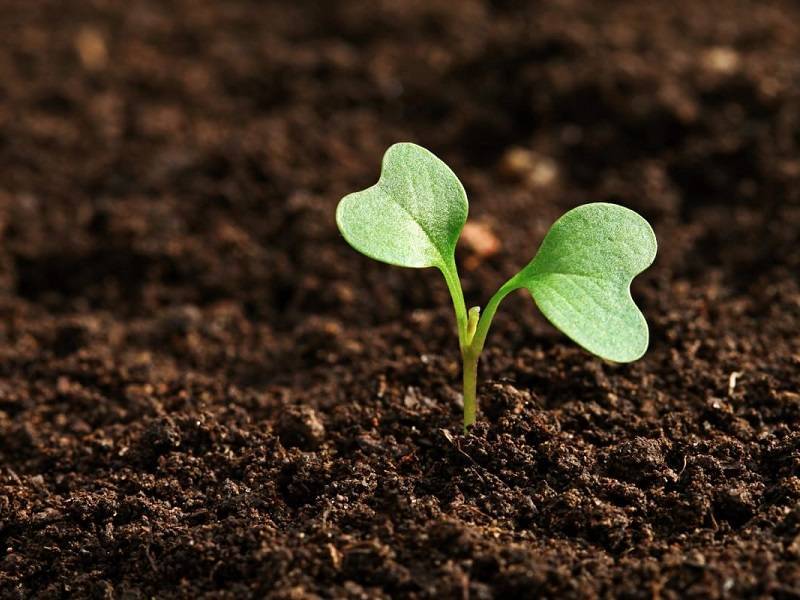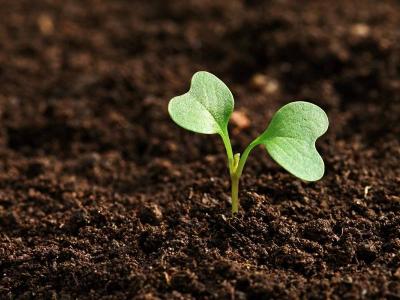Scientists at Johannes Gutenberg University Mainz and the Swiss Federal Institute of Technology in Zurich have developed a process to produce commodity chemicals from pesticides and contaminated soil in a much less hazardous manner than previously possible. These commodity chemicals serve as starting points for many products that are mass-produced in the chemical industry, such as plastics, dyes, and fertilizers.
Typically, these chemicals are manufactured with the help of chlorine or bromine gas, both of which are highly toxic and corrosive. In the current issue of the prestigious scientific journal Science, researchers reported that they managed to use an electrolysis technique to produce chemicals known as dichlorinated and dibrominated compounds, which can then be utilized to create the commodity chemicals used in chemical industries. Professor Siegfried Waldvogel, spokesperson for the SusInnoScience advanced research initiative at Johannes Gutenberg University Mainz, which assisted in developing this new process, stated: "In fact, dealing with chlorine and bromine gases, especially in small laboratories, is challenging because it requires strict safety protocols. Our new method largely eliminates the need for those safety measures, as it does not require the use of either chlorine or bromine gas. It simplifies the regulation of the reaction for the production of the desired chemicals through electrolysis."
According to Professor Waldvogel, electrolysis can be used to obtain dichlorinated and dibrominated compounds, for example, from solvents typically used to produce the commonly used plastic known as "polyvinyl chloride." He added: "Doing this is much simpler than manufacturing dichlorinated and dibrominated products from chlorine or bromine gas, respectively." The research team claims to have demonstrated that the new process works as intended for over 60 different chemical product substrates. Waldvogel noted: "This process can be used for molecules of varying sizes, making it widely applicable. It is also easy to scale up, and we have already been able to use it to convert larger quantities in the multi-gram range."
Experts were particularly excited to discover that electrolysis can also be used to separate chlorine atoms from molecules of certain pesticides that are already banned, resulting in the desired dichlorinated products. Waldvogel pointed out that, practically speaking, the decomposition and natural breakdown of such pesticides do not occur, as they can remain in the soil and environment for very long periods; they have recently been found in the Arctic. He added: "Our new process can help eliminate these toxic substances and actively leverage them for our benefit in the future."




